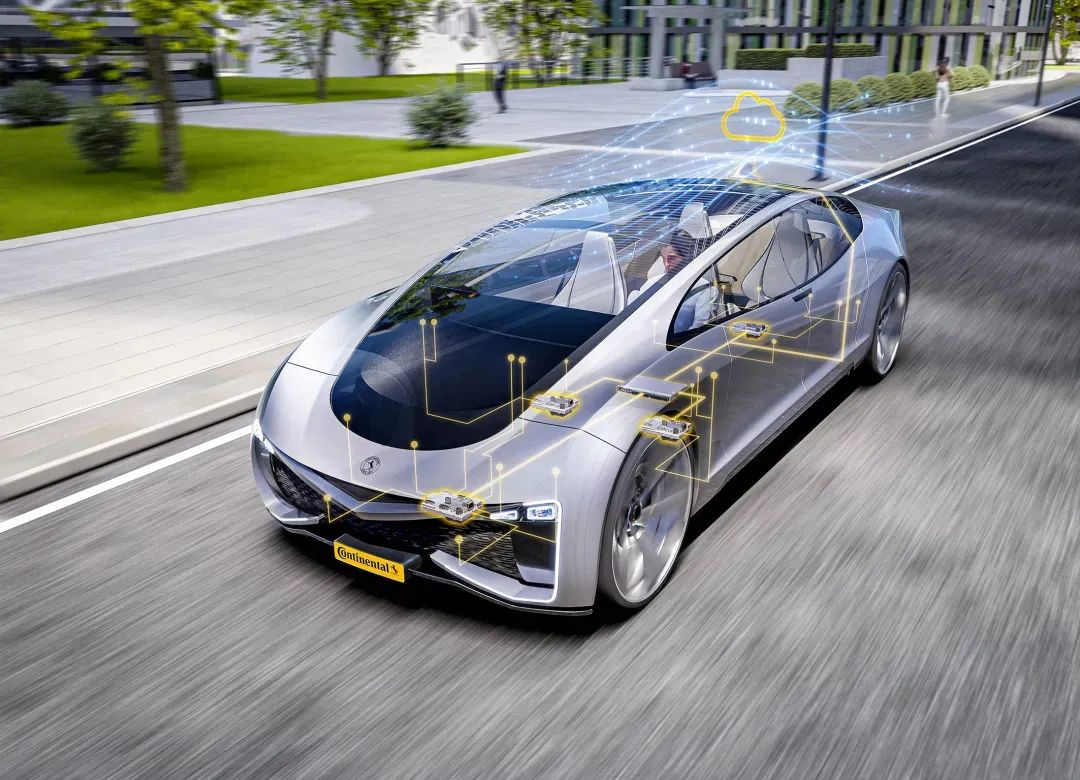Author: Michelin
“2022 is a particularly challenging year.”
It is the most frequently heard quote during the recent financial reports meetings for various companies. Geopolitical conflicts, rising raw material prices, soaring energy and logistics costs, and the impact of pandemic on production have all significantly affected every company in the automotive industry. For a traditional Tier 1 supplier, in addition to these macro-economic factors, “how to cope with transformation” has become an eternal topic of focus.
On March 8th, Continental Group released its financial report for the 2022 fiscal year. In 2022, Continental Group’s sales revenue was €39.4 billion, a year-on-year increase of 16.7%. After excluding the impact of scope consolidation and exchange rate changes, the revenue increase was 12.3% over the same period. Many people described the past three years as the “cold winter,” and in 2022, Continental Group finally surpassed the “cold winter,” and its revenue quietly caught up.
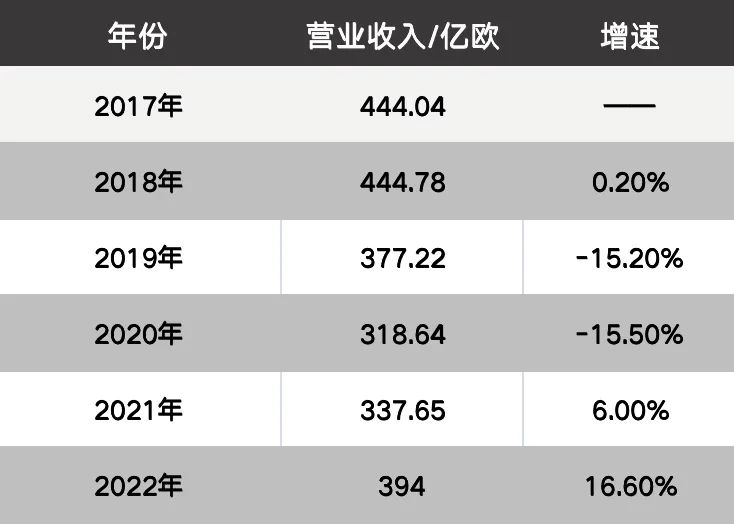
The revenue growth maintained the basic trend of a good market, but a series of problems last year still affected the performance of the 2022 fiscal year. A series of increases in raw materials, semi-finished products, energy, logistics and other costs resulted in an additional cost of €3.3 billion. Despite a 16.6% increase in revenue, the profit margin decreased by 5% year-on-year, and the 2022 fiscal year’s pre-tax profit was €2 billion, with a profit margin of 5%. Due to increased inventory and accounts receivable, free cash flow also decreased from €1.2 billion last year to €200 million this year, putting pressure on cash flow.
Fortunately, all kinds of adverse factors will improve in 2023. The price of raw materials will fall, energy costs will decline, and the supply chain shortage caused by plant shutdowns will begin to ease. After overcoming various challenges, at the financial report release conference held on the same day, Continental Group’s CEO Tian Cheng and CFO Katja Dürrfeld both showed enough confidence in the company’s performance growth in 2022. “We have maintained stable profitability in 2022. Especially in the second half of 2022, we achieved year-on-year growth while implementing and optimizing various measures. Nevertheless, we know that efforts are still needed to achieve our medium-term goals. We are determined to increase profitability.”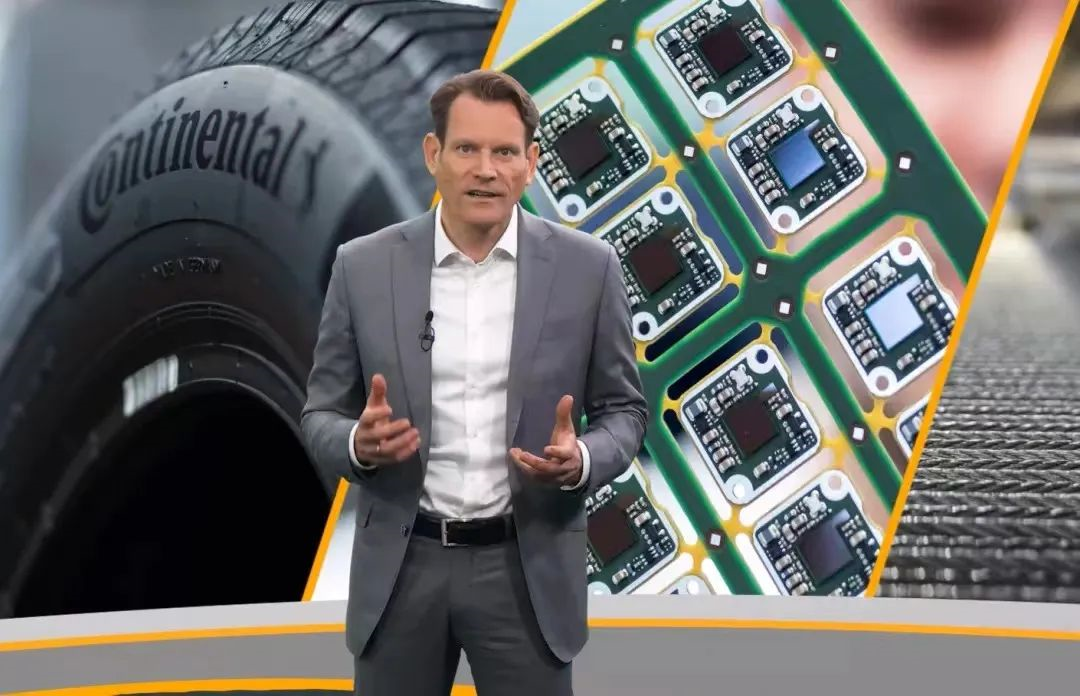
High Revenue and High Investment, Automotive Subgroup Contributes Significantly
In 2022, the sales of the automotive subgroup reached 18.3 billion euros, surpassing all business sectors and contributing 48% of the sales revenue. However, due to the high interest rates and other valuation factors, the subgroup suffered from over 850 million euros in impairment losses.
With such high sales revenue, the future mobility business contributes much, and safety solutions, display systems and braking systems are the main driving force of revenue. In 2022, the future mobility business received orders worth 23 billion euros, representing a 26% YoY increase.
Sensor products such as cameras, radars, and lidars reached 35 million sets of shipments. In addition, the display screen solutions that were ordered by global automakers for large-sized A-pillar to A-pillar and OLED display screens, amounting to over 2 billion euros, will make the total orders for the display screen solutions that will be mass-produced in 2022 exceed 7 billion euros.
To meet the trend and demand of future autonomous driving and centralized electrical architecture development, Continental Automotive Group has introduced the FBS 0 to FBS 3 technical roadmap, which has achieved a completely “dry” braking development roadmap. As the beginning of this plan, the group released the “semi-dry” braking system (FBS 0), which received orders worth over 2 billion euros in 2022. The rear axle of this braking system adopts a “dry” electromechanical braking method, which does not require brake fluid, and the front axle’s wheel braking system still uses a hydraulic braking method. At the same time, the second-generation Mk C2 wire-controlled braking system can provide 100% energy regeneration efficiency.“`
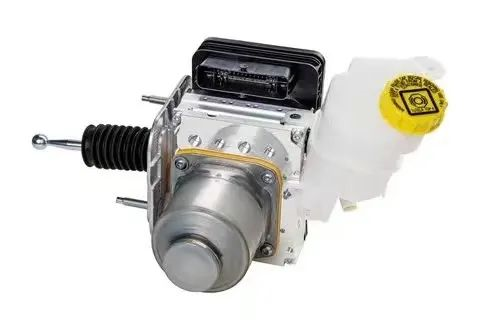
In the future, high revenue in the field of transportation business means greater investment in research and development in the early stages. In fact, in 2022, the automotive subgroup was also the largest part of Continental’s R&D spending. Continental’s R&D expenses totaled 2.871 billion euros in 2022, accounting for 7.3% of sales; the automotive subgroup’s R&D expenses reached 2.387 billion euros, accounting for 13% of sales. Such high R&D costs require large-scale order production to dilute costs.
In the future, Continental will continue to invest in the field of intelligent driving. In the field of autonomous driving, Continental is currently cooperating with edge AI semiconductor company Ambarella to provide advanced driver assistance systems and end-to-end autonomous driving solutions from L2 level to highly automated driving vehicles for car manufacturers. This strategic cooperation is Continental integrating Ambarella’s high-performance, low-power SoC into its advanced driver assistance system.
In addition to providing ADAS development-based visual solutions, it also provides scalable full-stack system solutions for L2+ and highly automated driving vehicles. The joint solution between the two sides is planned to be mass-produced in 2026.
Sustainable Development: The “New Story” of Old-School Giants
If a deep understanding of the automotive industry and a grasp of forward-looking technology are the traditions of old-school Tier1, sustainable development is the new story.
“Carbon neutrality in all production processes by 2040.” Continental has set its own target for carbon neutrality. In 2022, Continental became the first tire manufacturer to introduce recycled polyester yarn extracted from PET bottles into production. Every 40 PET bottles can replace the polyester material originally used in standard tire casings. Those PET bottles that were originally treated as landfill waste have become raw materials for automobile tires, turning waste into treasure.
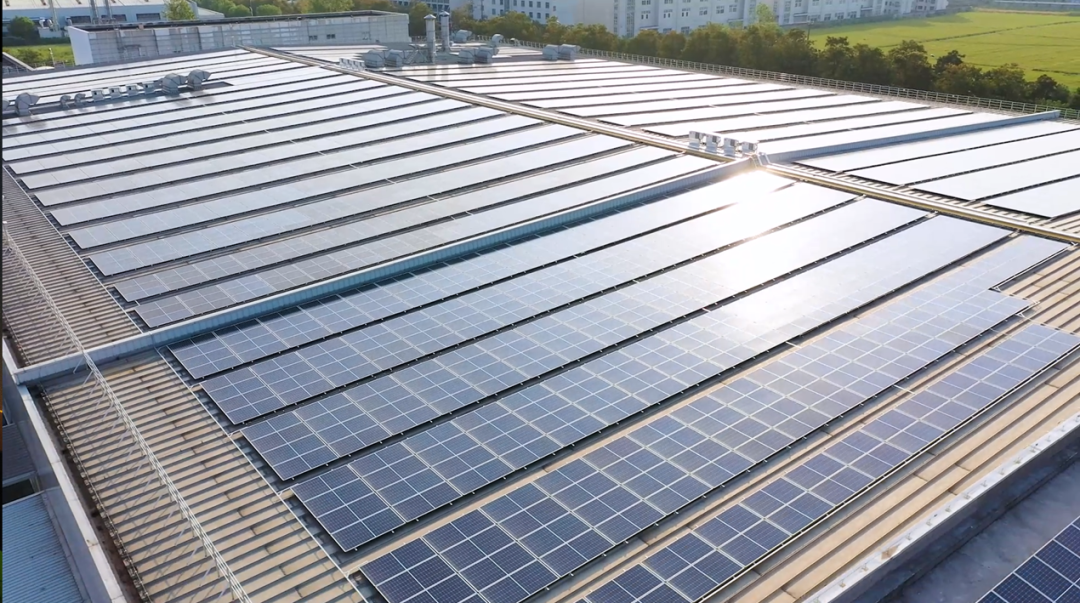
“`In terms of vehicle interior, Xpreshn surface products used for vehicles can now be completely produced from sustainable raw materials, and in the future, waste coffee grounds can also be used as sustainable raw materials for surface products. These can reduce greenhouse gas emissions such as carbon dioxide and provide a 100% carbon-neutral solution.
Conclusion
As the continent group crosses the “winter period,” it is experiencing two stories: On the one hand, the investment in intelligence and electrification in previous years has already gradually entered the transformation period for future travel business, and is also seizing the future chips through continuous research and development investment; on the other hand, the sustainable “new story” has begun, and more and more sustainable products have emerged.
These two stories are like two oars turning the giant ship of the Continent Group.
For this reason, the Continent Group is full of information about the future: it is expected that the global production of passenger cars and light commercial vehicles will increase by 2% to 4% by 2023, which also allows the expected sales revenue of the automotive sub-group to reach 20.5 billion to 21.5 billion euros and that of the Continent Group to reach 42.0 billion to 45.0 billion euros, with a pre-tax profit margin of 5.5% to 6.5%.
This article is a translation by ChatGPT of a Chinese report from 42HOW. If you have any questions about it, please email bd@42how.com.
